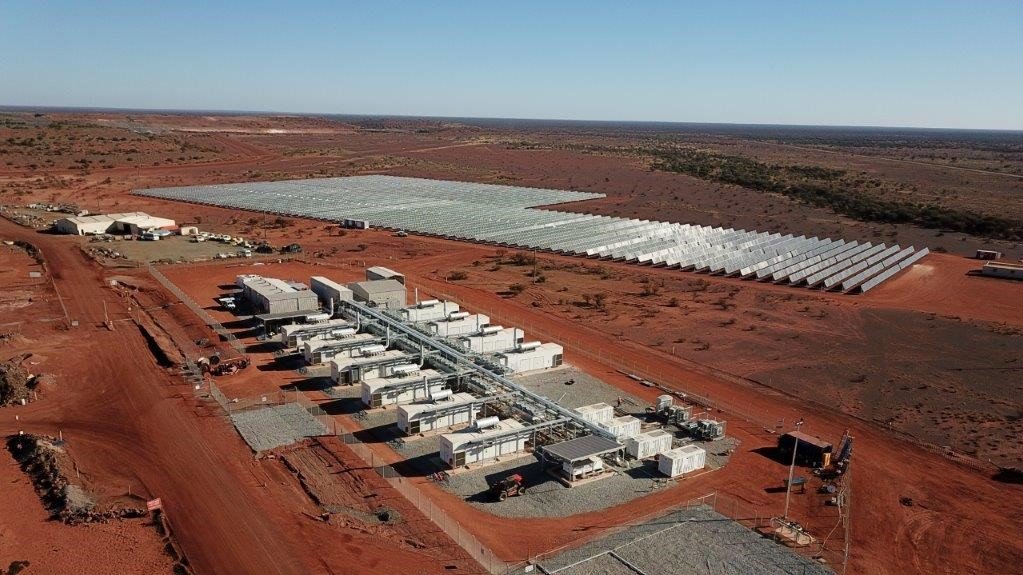Global distributed energy producer EDL has switched on its 23 MW power station, which integrates photovoltaic solar with gas and diesel generation, to power Gold Fields’ Agnew gold mine, in Western Australia.
This switch-on completes the first stage of one of Australia’s largest hybrid renewable micro-grid projects, according to EDL.
EDL CEO, James Harman, said: “With this project, EDL and Gold Fields are leading the way towards clean, renewable energy to power remote, off-grid mining operations without compromising reliability or power quality.”
Gold Fields Executive Vice President: Australasia, Stuart Mathews, said: “The power station we are officially opening today integrates 4 MW solar generation from our new solar farm and is underpinned by 19 MW of gas and diesel generation. It will soon include other renewable energy technologies coming online in the next stage of the project.”
He referred to the importance of the A$112 million ($76 million) project to both Gold Fields and the broader industry: “This is a significant milestone for both the Agnew gold mine and the broader Gold Fields Group, demonstrating our ongoing commitment to strengthening our energy security, optimising energy costs and reducing our carbon footprint through the adoption of new technologies. We are hopeful that this will also enable other companies to consider the options for decarbonising their operations.”
The second stage of the project, which includes 18 MW wind generation, a 13 MW battery and an advanced micro-grid control system, is currently under construction and due to be completed in mid-2020.
It has the backing of the Australian Renewable Energy Agency with a recoupable A$13.5 million contribution to the construction cost of the project.
Once completed, the Agnew Hybrid Renewable project will be the first to use wind generation as part of a large hybrid micro-grid in the Australian mining sector. It will have a total installed generation capacity of 54 MW, with renewables providing over 50% of the Agnew gold mine’s power requirements, with the potential to increase this further by adopting innovative operational practices such as the dynamic load shedding, renewables forecasting and load control management.
As part of the EDL remit, juwi Renewable Energy, the Australia subsidiary of international project developer juwi, delivered a 4 MW Single Axis Tracking PV installation together with cloud forecasting and an advanced micro-grid control system to enable integration with the mine off-grid network.











